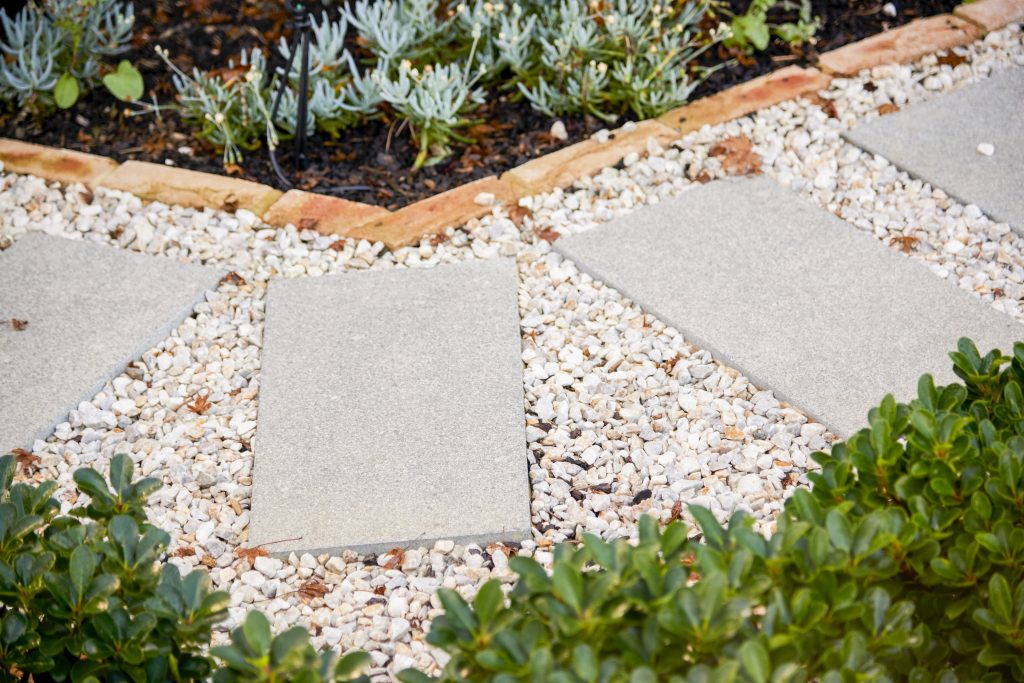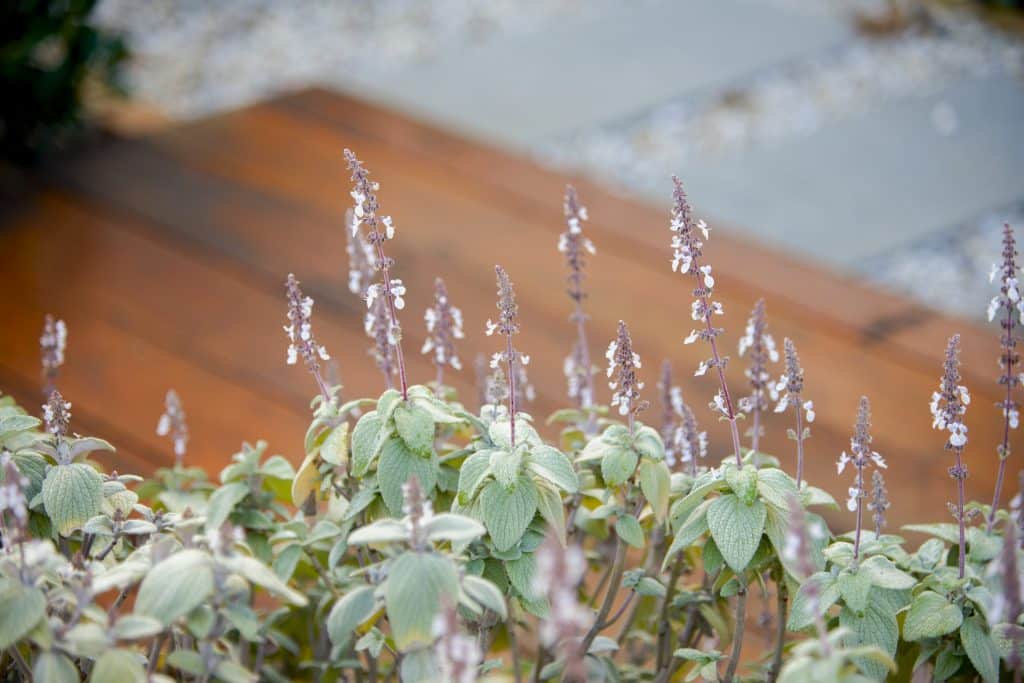It’s not news that the Australian climate is getting hotter and drier and we all need to do our bit to conserve water and protect our fragile and unique environment. This doesn’t mean when you build your new home you have to forgo a beautifully landscaped garden. One of my favourite garden designs is the Australian native garden. Not only will your garden contain attractive native trees and grasses, but you can display an abundance of gorgeous wildflowers that will transform your outdoor areas into vibrant spaces bursting with colour. Your garden will not only be easier to maintain and propagate but will also attract native birds, bees, and butterflies. When you think about it, a native garden makes a great deal of good sense, so where do you start? Some basic initial planning will help you keep on track. With this in mind, the Kaplan team has put together some simple tips on how to create your own little piece of Australian bush that will bring your family and friends beauty all year round.
1. What native plants grow in your surrounding local environment? Native plants thrive in their natural environment so by familiarising yourself with the garden plants that are already on your property you will be giving yourself and your garden a head start to flourish. There are a prolific array of natives that will suit any locale and climate to choose from so it’s a good idea to consider the weather patterns of your particular neighbourhood. There are very different weather patterns and conditions depending on where in Sydney you build. Coastal areas like Bondi, Bronte, and Coogee tend to have less extreme temperature swings from summer to winter and rainfall tends to be heavier, whereas areas in the outer Western suburbs like Marsden Park, Gledswood Hills, Austral and Edmondson Park tend to experience colder, frostier winter days and hotter, drier summer conditions. Australian natives tend to tolerate and do well in the summer heat but depending on where you build you may also need to consider frost-resistant varieties. Choosing indigenous varieties from your local area will ensure you’re covered for the weather conditions in your particular area. Make sure that you source your native plants from nurseries, most places will have a good selection of native species that can be ordered in if they’re not available straight away and nurseries are also places where you can get great advice of the selection and care of your plants. Please do not take native plants from bushland as removing plants from those areas will impact the local environment.
2. Prepare your soil. Generally speaking, Australian soils tend to be high in salt, are structurally poor and nutrient weak, so it’s important to well prepare your soil before planting. Natural mulch and manures are the more environmentally friendly options over chemical fertilisers. Worm poo does wonder in building up the nutrient content of your soils and creating a simple worm farm can be a fun project for the whole family to get involved in. Don’t be daunted by creating your own worm farm, there are simple, inexpensive kits that can be bought online. The hands-on experience of creating your natural garden fertiliser from your pet worms is surprisingly satisfying! The best time for creating a new garden is in Spring or Autumn when temperatures are less extreme and native plants tend to do better if planted from seeds as opposed to from cuttings. Although these plants tend to require very little maintenance the occasional pruning after flowering will help keep your garden in the best shape all year round.

3. Don’t overwater. Considering how dry most Sydney suburbs are at the moment, this point may seem like an odd suggestion but it’s important to understand that natives need very well-drained soils and can suffer from fungal diseases if overwatered. Try to group plants according to their water requirements and build up your garden beds to allow for any access water to drain away ensuring plants don’t get waterlogged. Waterlogging can also be avoided by not watering in the late evening when the soil will hold water for longer due to the lack of sun evaporation. In saying that, ensure all new plants are well watered for the first 3 months, after that if you have chosen your native plants wisely you will very rarely need to water, that’s good news for the planet and your hip-pocket!
4. Walk on the wild side. One of the most wonderful outcomes from an Australian native garden is all the wildlife you will attract. Who doesn’t love hearing the laugh of kookaburras at dusk or spotting your own resident koala in your backyard gum trees? By recreating a small patch of the Australian bush in your backyard, you will be creating small haven for our unique wildlife. Using native grasses are a fantastic way to provide seeds for our native finches, and grevilleas and kangaroo paws attract honeyeaters. If you want to attract bird life, try hakeas and bursuria as these plants are used by our native birds for nesting. Rosellas and lorikeets will also be a frequent visitor if you provide fruiting trees and bushes like native finger lime, native passionfruit, and native guava, and you’ll also have some delicious bush tucker for your kitchen table too! Don’t forget about our amazing array of wildflowers like mellicope & callistemons to fill your backyard with colourful butterflies. By providing a small water feature in your garden you will attract thirsty animals, especially birds who are having to deal with increasingly drier conditions.

So when considering the garden in your new home build, swap out the water-guzzling English cottage garden design for a native Australian one and you will be rewarded with a low maintenance, eco-friendly, beautiful green space filled with native flora and fauna that will thrive in all seasons and conditions. With the challenging heatwaves and droughts Australia has been facing and the subsequent water restrictions, it makes sense to choose a garden that is resistant to these harsher climate conditions. The team at Kaplan support any initiatives a new home owner wishes to employ to create a more sustainable home, including their gardens. By speaking to one of the specialists in our team on ways to create a more eco-friendly and sustainable home, you will be helping both our natural environment and your wallet.






